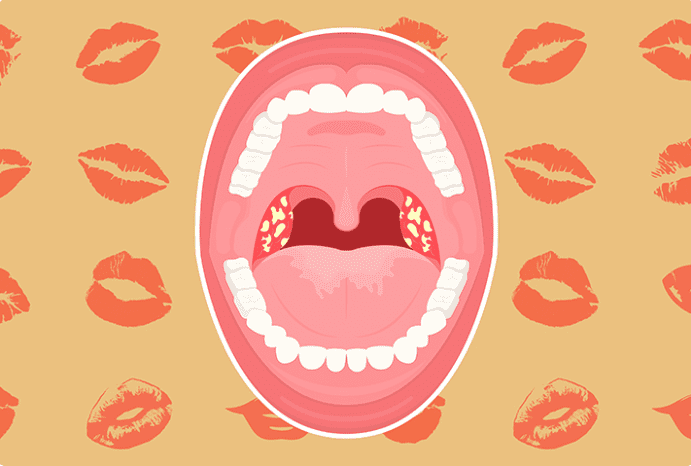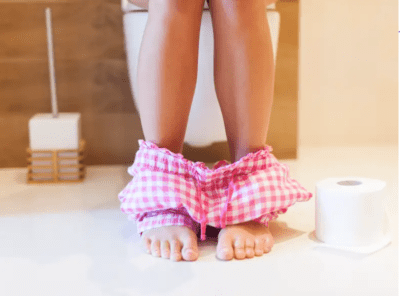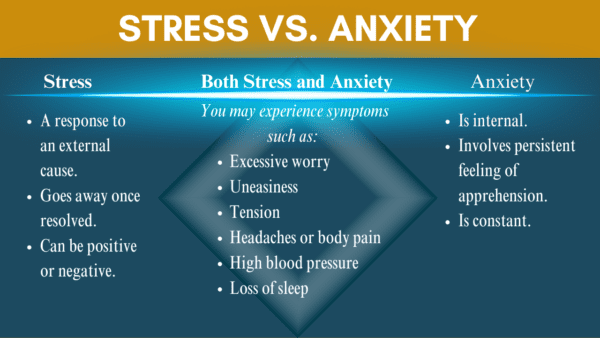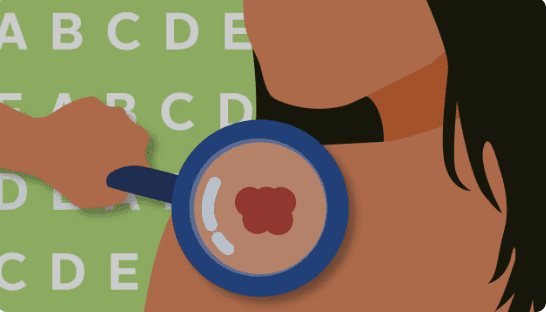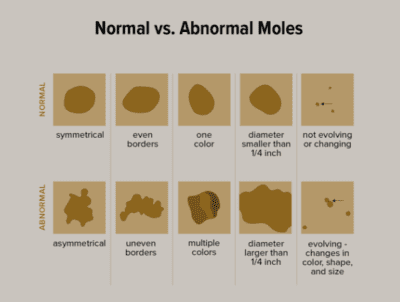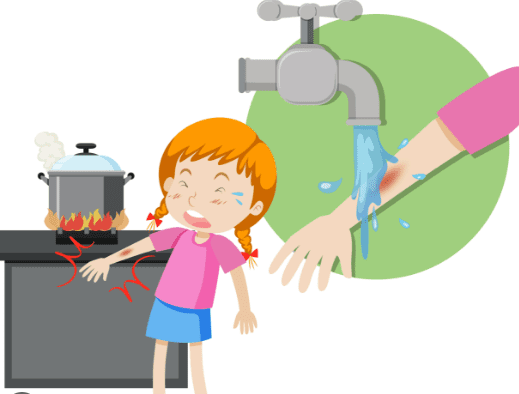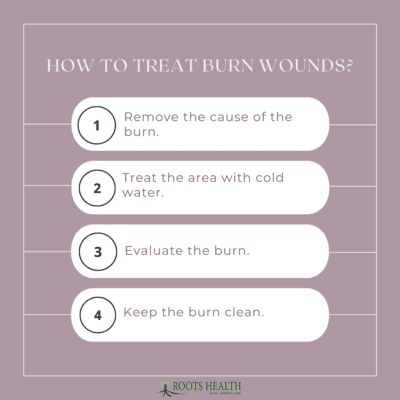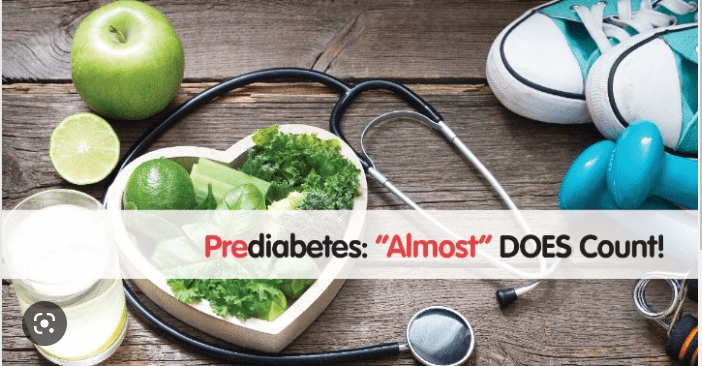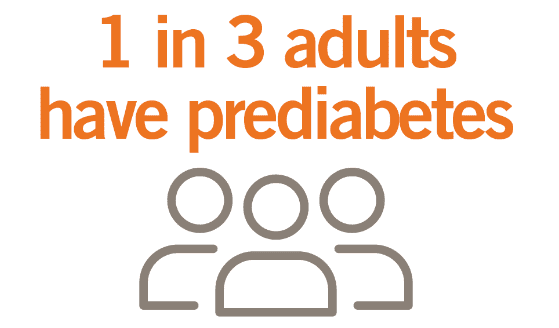“The kissing disease”
Mono, mononucleosis, is known as the “kissing disease.” This viral infection occurs in teens and young adults. It is spread through saliva and travels through groups living in close quarters, making outbreaks happen most frequently in dormitory living. It commonly causes a sore throat, but it can cause fatigue fever and swollen lymph nodes throughout the body.
What are the symptoms of mono?
Recognizing symptoms is essential for early diagnosis and effective care:
• Fatigue
• Fever
• Headache
• Muscle weakness
• Night sweats
• Sore throat
• Swollen lymph glands in your neck and/or underarms
• Swollen tonsils
Of note, these symptoms can be present in other diseases including Hodgkin’s Lymphoma, a type of cancer in young adults. It is important that you get an accurate diagnosis whenever you are sick. We recommend that you always seek care from your board-certified physician when it comes to your health and well-being.
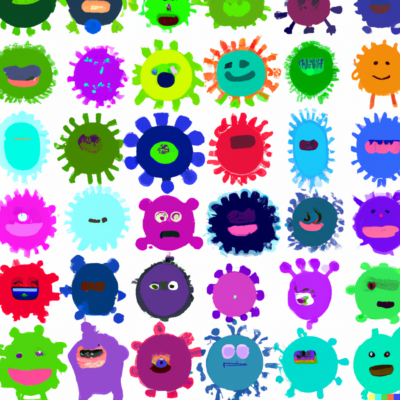
What is the best care for Mono?
Supportive care is recommended generally to alleviate symptoms and facilitate smooth recovery. Most people recover from mono after about two weeks, though some symptoms may persist for longer.
Anti-inflammatory medications can help manage throat pain
Fluids to hydrate and nutrients to boost your immune system
Rest is crucial to prevent complications and aid recovery
Warm compresses to painful lymph nodes
Corticosteroids can be used in severe cases for tonsil swelling
Complications of mono include temporary inflammation of the liver (hepatitis), jaundice (yellowing of your skin and darkening of urine) or an enlarged or ruptured spleen.

